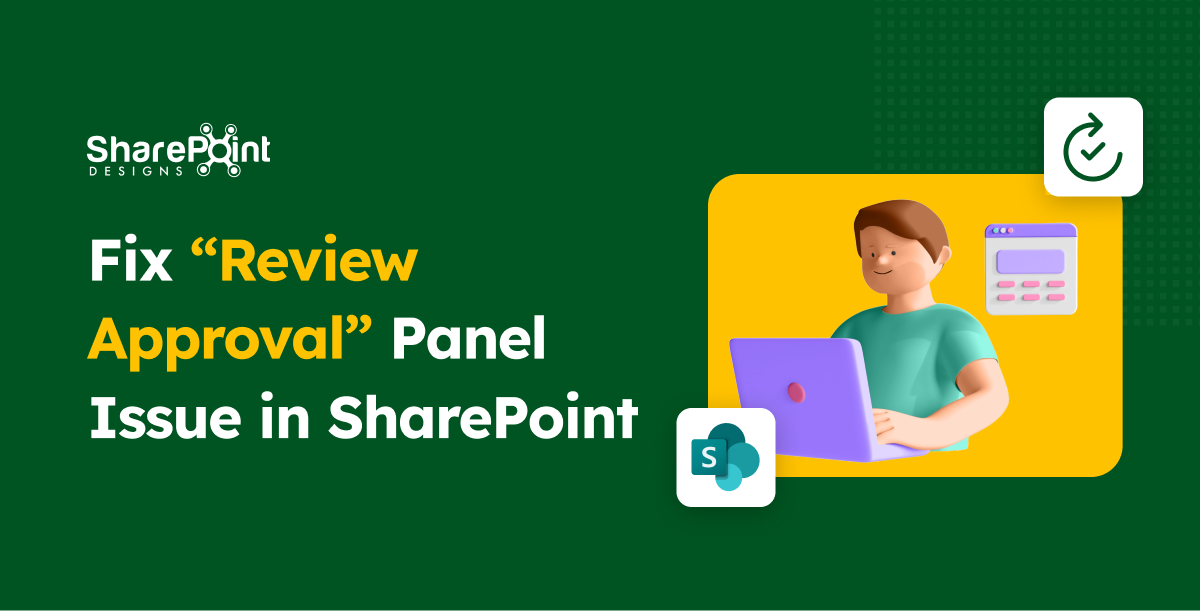Published Date -
Speed Up Onboarding with Automation Tools

In today's increasingly complex workplaces, onboarding new employees seamlessly is crucial. Traditional methods often involve mountains of paperwork, lengthy orientations, and manual tasks. A recipe for wasted time and errors.
Employee onboarding software: a game-changer that streamlines the process, fosters engagement, productivity, and ultimately, retention. A smooth and engaging process Here's how to leverage employee onboarding platforms and HR software to create a winning onboarding experience.
This blog explores how onboarding software revolutionizes the new hire experience, ultimately benefiting both employees and employers.
Challenges of Traditional Onboarding
- Paperwork Overload:
Manual document processing is time-consuming and prone to errors. - Inconsistent Communication:
Mixed messages or lack of clear expectations can lead to confusion. - Generic Approach:
A one-size-fits-all approach doesn't cater to individual needs. - Limited Engagement:
Passive learning methods fail to capture interest and motivation.
Benefits of Streamlining Onboarding Tasks with Software
1. Save Time & Cut Errors
No more drowning in paperwork. Automation takes care of forms, data entry, and repetitive admin tasks freeing HR to focus on people, not processes.
2. Better Communication & Engagement
First impressions matter.
- Personalized welcome messages
- Automated reminders
- Interactive training modules
Plus, new hires can easily connect with mentors and peers, building a sense of belonging from day one.
3. Personalized Journeys
Every hire is unique. Software makes it easy to:
- Deliver role-specific resources
- Create flexible workflows
- Gather feedback in real time
This shows employees you’re invested in their growth right from the start.
4. Compliance & Security Made Simple
From contracts to tax forms everything is tracked, stored securely, and compliance-checked automatically. Peace of mind for both HR and employees.
5. Measure What Matters
See what’s working (and what’s not). Track:
- Time-to-productivity
- Retention rates
- Onboarding ROI
Continuous improvements = happier, engaged employees.
6. Go Paperless, Go Green
Less paper = less waste.
Digital onboarding helps reduce your carbon footprint while signaling your commitment to sustainability, a big plus for eco-conscious talent.
Different Types of Onboarding Software and Functionalities
- Applicant Tracking Systems (ATS):
Manage the entire hiring process, including onboarding workflows. - Learning Management Systems (LMS):
Offer centralized delivery and tracking of online training modules. - Performance Management Software:
Streamlines goal setting, feedback, and performance reviews. - Communication and Collaboration Tools:
Facilitate communication between HR, managers, and new hires.
Environmental Impact of Paperless Onboarding
Shifting from paperless onboarding to digital onboarding helps both people and the planet
- Saves thousands of sheets of paper
- Cuts carbon footprint from printing & logistics
- Attracts eco-conscious talent
Fun Fact: Onboarding 100 hires digitally saves ~10,000 sheets of paper
Best Practices for Employee Onboarding
- Pre-boarding:
Begin communication before the first day! Send welcome materials and answer any questions. - Clear Communication:
Outline expectations, company culture, and next steps throughout the process. - Personalized Experience:
Tailor the onboarding journey to individual roles and career goals. - Engaging Activities:
Incorporate interactive training, team introductions, and social events to foster connections. - Regular Feedback:
Gather feedback from new hires to continuously improve the onboarding process.
Conclusion
A Modern Onboarding Solution for a Competitive Advantage
Employee onboarding software offers a dramatic shift from traditional methods, enabling organizations to create a comprehensive, personalized, and efficient onboarding experience. By leveraging its features, companies can optimize administrative tasks with onboarding automation, improve communication, ensure compliance with onboarding compliance software, and track onboarding effectiveness. All factors contributing to a more engaged and productive workforce. In today's competitive job market, the right onboarding tools can be a game-changer, attracting top talent and propelling your organization towards success.
By implementing a modern onboarding platform that integrates with existing HR software, organizations can overcome the challenges of traditional onboarding and create a seamless, engaging experience for new hires. This, in turn, leads to a more productive, motivated, and environmentally conscious workforce.








